
cd_nom
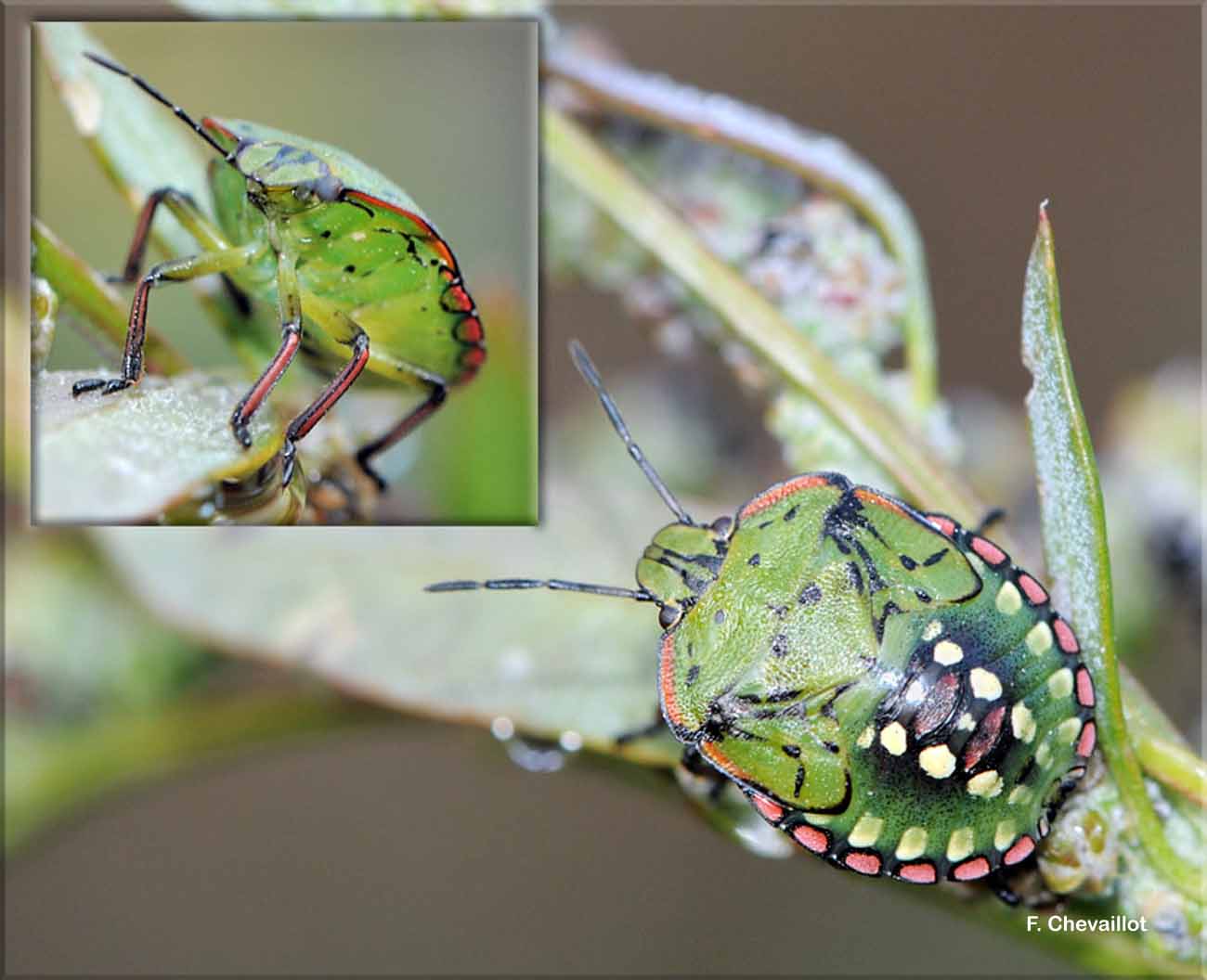
| Author : F. Chevaillot |
 |
To get the picture, please visit:
Fred CHEVAILLOT
Moulin de Castor
La Maynobe
12550 COUPIAC
06 51 19 18 32
09 88 28 31 26
www.insecte.org
email : fred.chevaillot@wanadoo.fr
Any reuse of one or more photographs on this site is subject to an authorization request from the author.
Link to the Code of Intellectual Property (Legifrance)
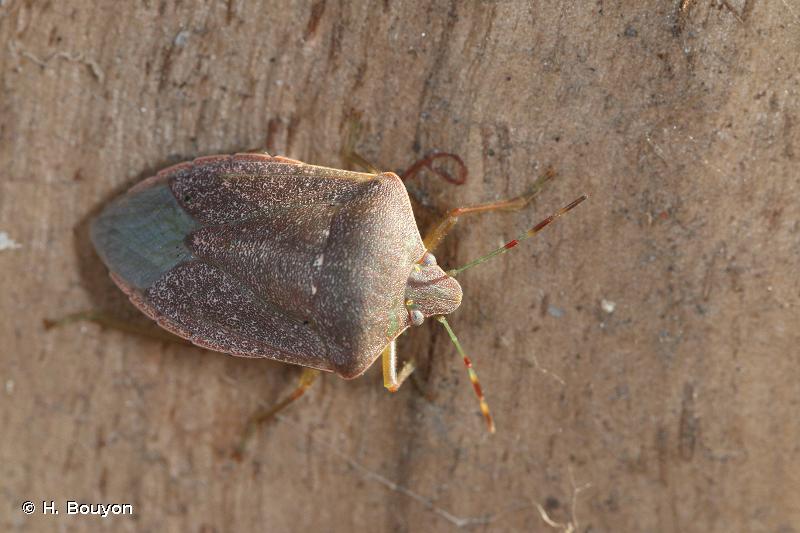
| Author : H. Bouyon |
 |
To get the picture, please visit:
Hervé BOUYON
email : herve.bouyon@wanadoo.fr
Any reuse of one or more photographs on this site is subject to an authorization request from the author.
Link to the Code of Intellectual Property (Legifrance)
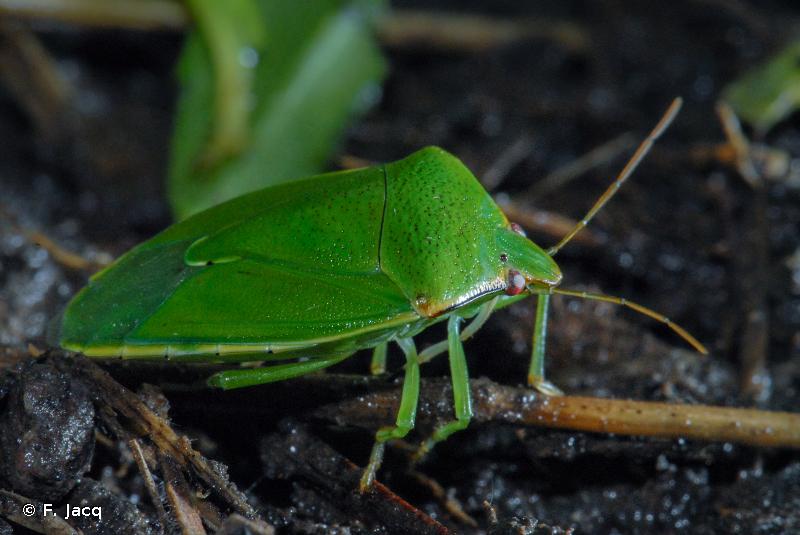
| Author : F. Jacq |
 |
To get the picture, please visit:
Frédéric Jacq
site internet : fred-jacq.org
email : jacq_fred@hotmail.com
Any reuse of one or more photographs on this site is subject to an authorization request from the author.
Link to the Code of Intellectual Property (Legifrance)

| Author : F. Chevaillot |
 |
To get the picture, please visit:
Fred CHEVAILLOT
Moulin de Castor
La Maynobe
12550 COUPIAC
06 51 19 18 32
09 88 28 31 26
www.insecte.org
email : fred.chevaillot@wanadoo.fr
Any reuse of one or more photographs on this site is subject to an authorization request from the author.
Link to the Code of Intellectual Property (Legifrance)
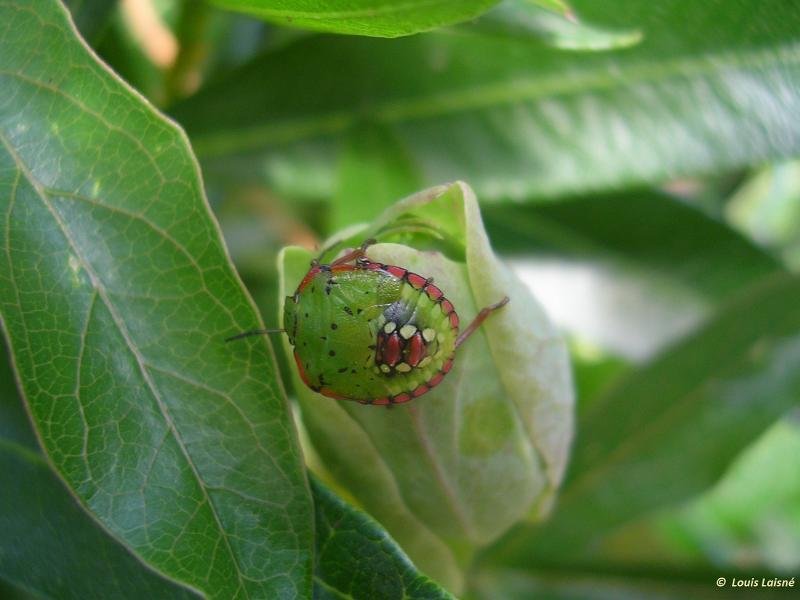
 |
To get the picture, please visit:
Louis Laisné
email : inpn@mnhn.fr
Despite the Creative Commons license, please inform the author of the use which will be made of his photo
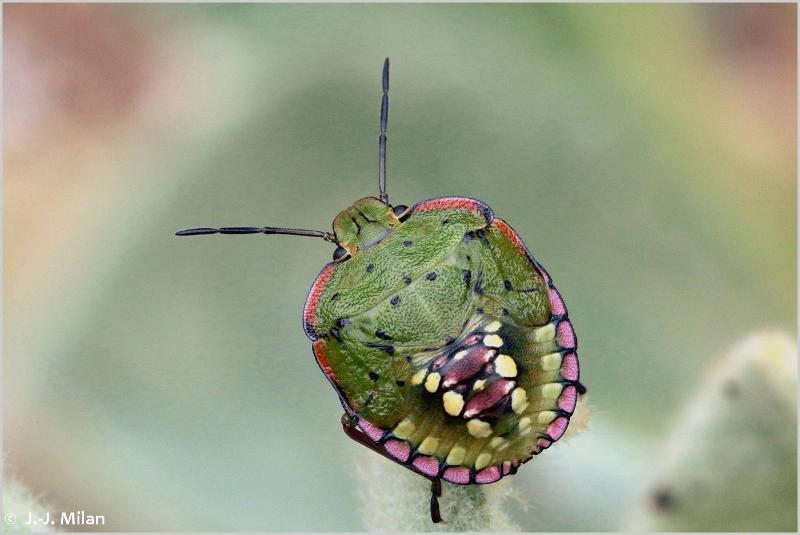
 |
To get the picture, please visit:
Jean-Jacques Milan
http://jjmphoto.fr/#Galeries.B
Société linnéenne de Bordeaux
email : jean.jacques.milan@wanadoo.fr
Despite the Creative Commons license, please inform the author of the use which will be made of his photo
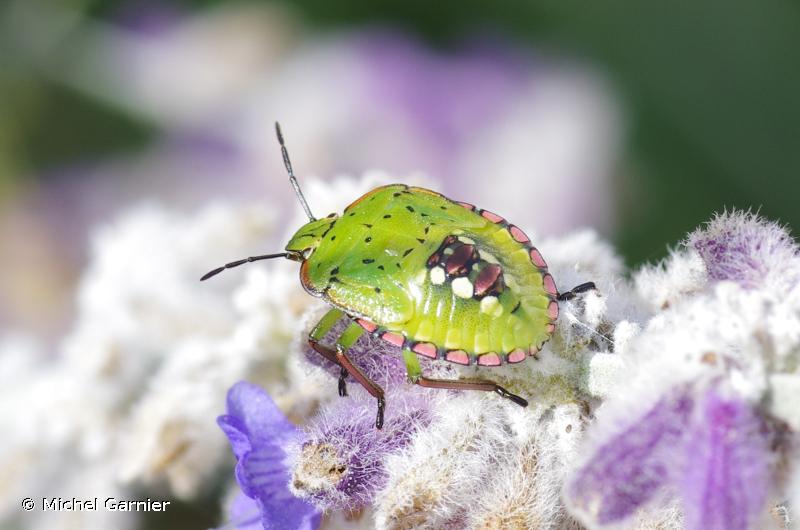
| Author : Michel Garnier |
 |
To get the picture, please visit:
Michel Garnier
email : inpn@mnhn.fr
Despite the Creative Commons license, please inform the author of the use which will be made of his photo
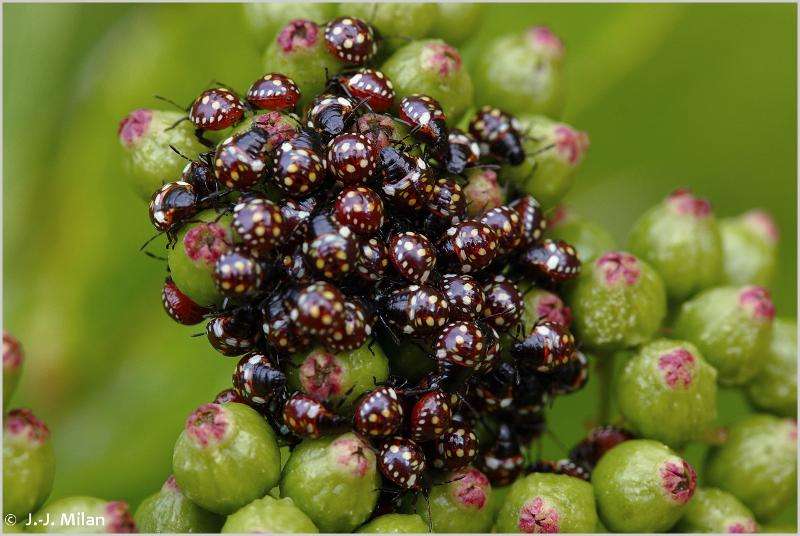
 |
To get the picture, please visit:
Jean-Jacques Milan
http://jjmphoto.fr/#Galeries.B
Société linnéenne de Bordeaux
email : jean.jacques.milan@wanadoo.fr
Despite the Creative Commons license, please inform the author of the use which will be made of his photo

 |
To get the picture, please visit:
Jean-Jacques Milan
http://jjmphoto.fr/#Galeries.B
Société linnéenne de Bordeaux
email : jean.jacques.milan@wanadoo.fr
Despite the Creative Commons license, please inform the author of the use which will be made of his photo
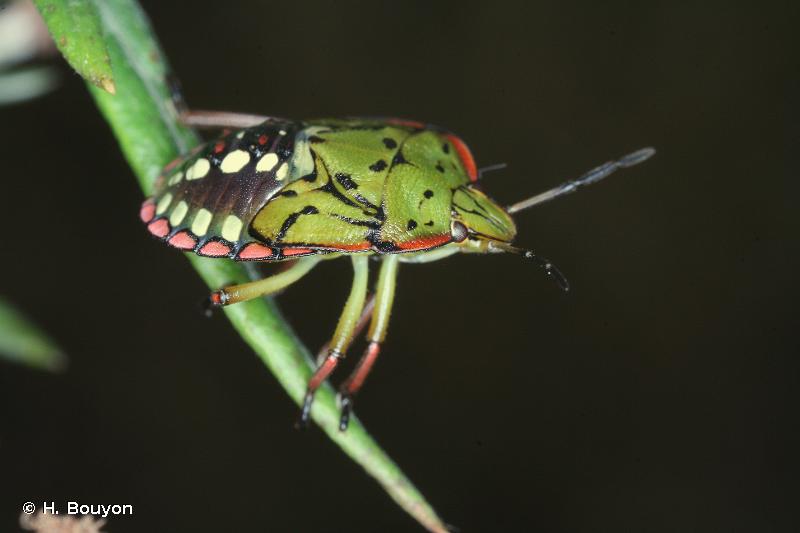
| Author : H. Bouyon |
 |
To get the picture, please visit:
Hervé BOUYON
email : herve.bouyon@wanadoo.fr
Legend: Larve
Any reuse of one or more photographs on this site is subject to an authorization request from the author.
Link to the Code of Intellectual Property (Legifrance)
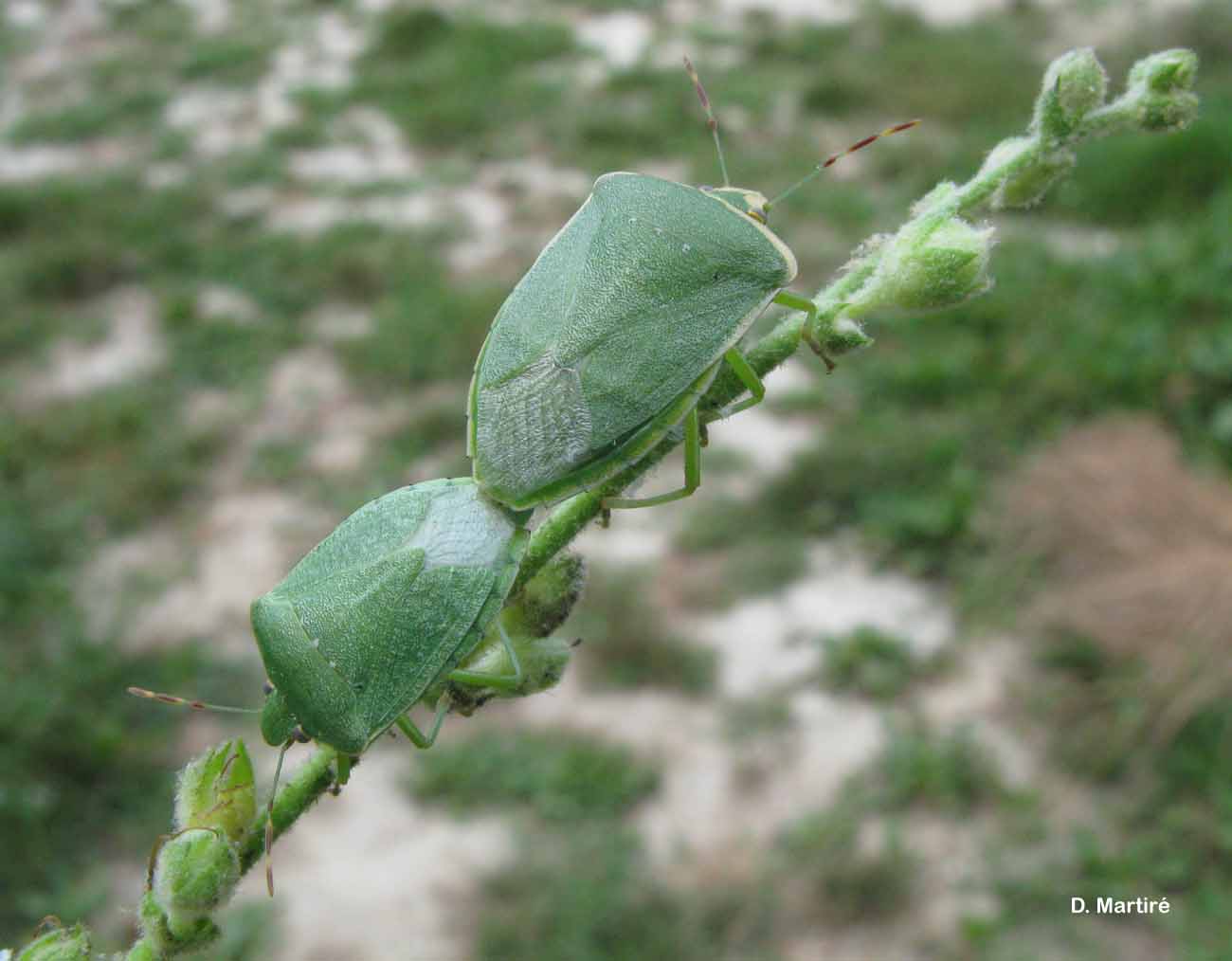
| Author : D. Martiré |
 |
To get the picture, please visit:
Dominique MARTIRE
32 rue Leconte Delisle
97 429 PETITE-ILE
e-mail : dominiquelouismartire@zeop.re
Any reuse of one or more photographs on this site is subject to an authorization request from the author.
Link to the Code of Intellectual Property (Legifrance)
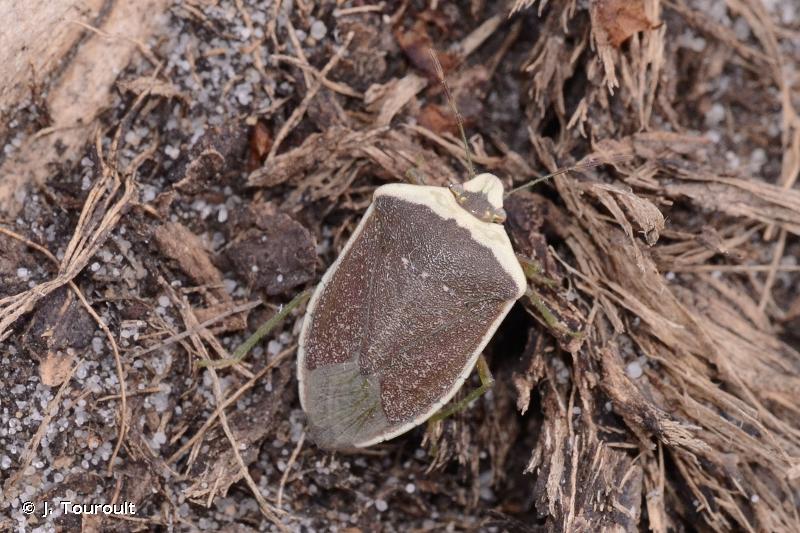
| Author : J. Touroult |
 |
To get the picture, please visit:
Legend: Forme torquata sortant d'hibernation (encore brune et pas encore verte).
Despite the Creative Commons license, please inform the author of the use which will be made of his photo

| Author : Michel Garnier |
 |
To get the picture, please visit:
Michel Garnier
email : inpn@mnhn.fr
Legend: Larves
Despite the Creative Commons license, please inform the author of the use which will be made of his photo
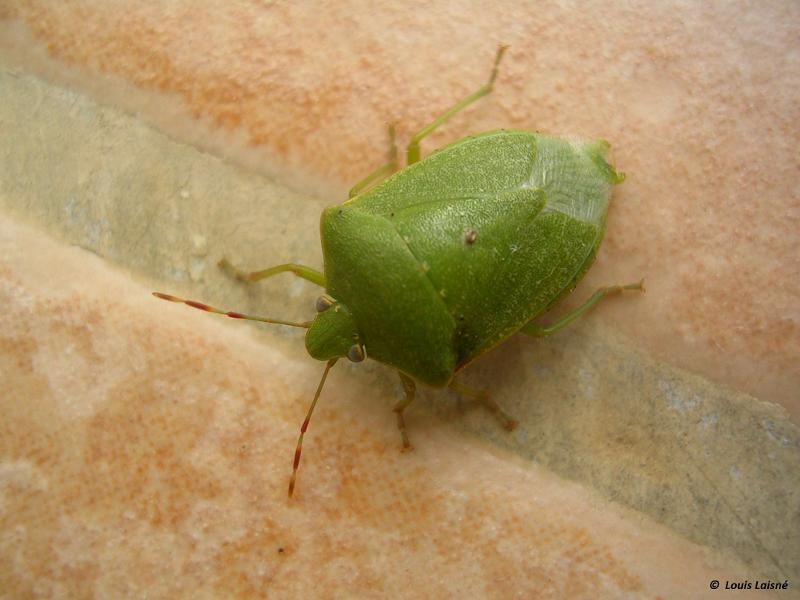
 |
To get the picture, please visit:
Louis Laisné
email : inpn@mnhn.fr
Despite the Creative Commons license, please inform the author of the use which will be made of his photo
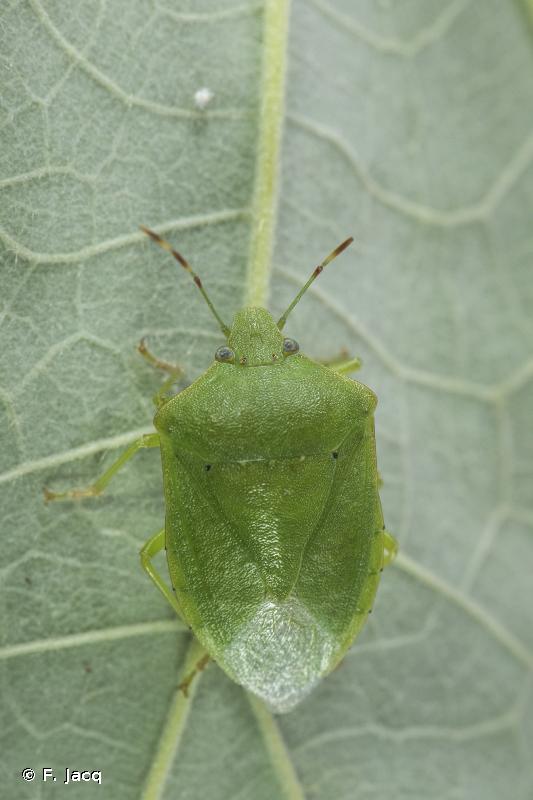
| Author : F. Jacq |
 |
To get the picture, please visit:
Frédéric Jacq
site internet : fred-jacq.org
email : jacq_fred@hotmail.com
Any reuse of one or more photographs on this site is subject to an authorization request from the author.
Link to the Code of Intellectual Property (Legifrance)
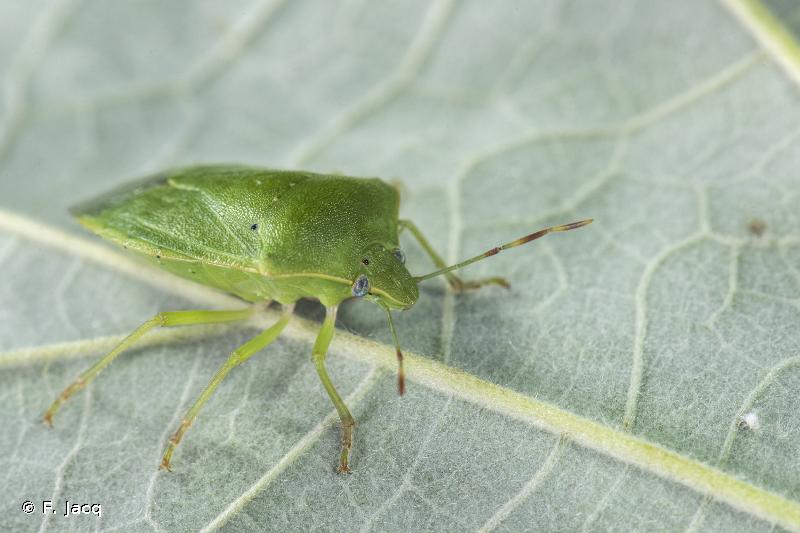
| Author : F. Jacq |
 |
To get the picture, please visit:
Frédéric Jacq
site internet : fred-jacq.org
email : jacq_fred@hotmail.com
Any reuse of one or more photographs on this site is subject to an authorization request from the author.
Link to the Code of Intellectual Property (Legifrance)

| Author : Benjamin GUICHARD/Agence Française pour la Biodiversité |
 |
To get the picture, please visit:
Benjamin Guichard
email : inpn@mnhn.fr
Legend: Imago
Despite the Creative Commons license, please inform the author of the use which will be made of his photo

| Author : Cochard Pierre-Olivier |
 |
Despite the Creative Commons license, please inform the author of the use which will be made of his photo
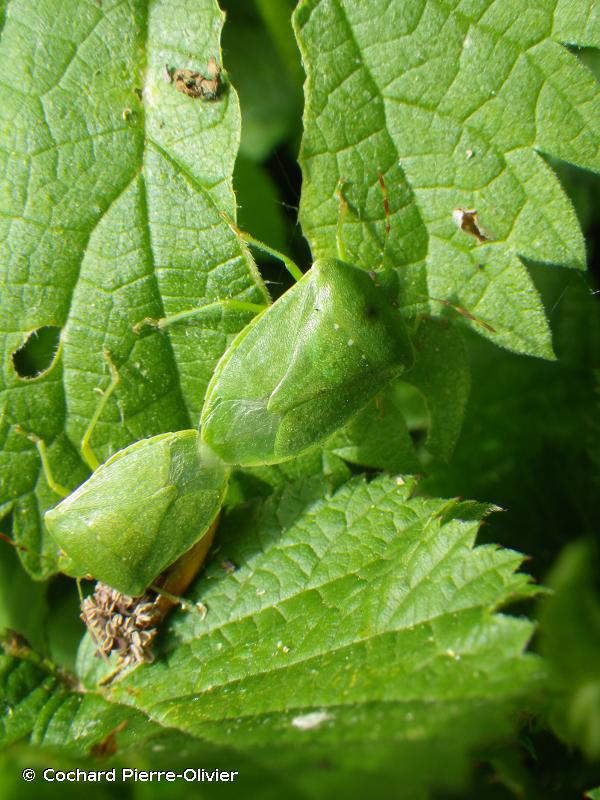
| Author : Cochard Pierre-Olivier |
 |
Despite the Creative Commons license, please inform the author of the use which will be made of his photo
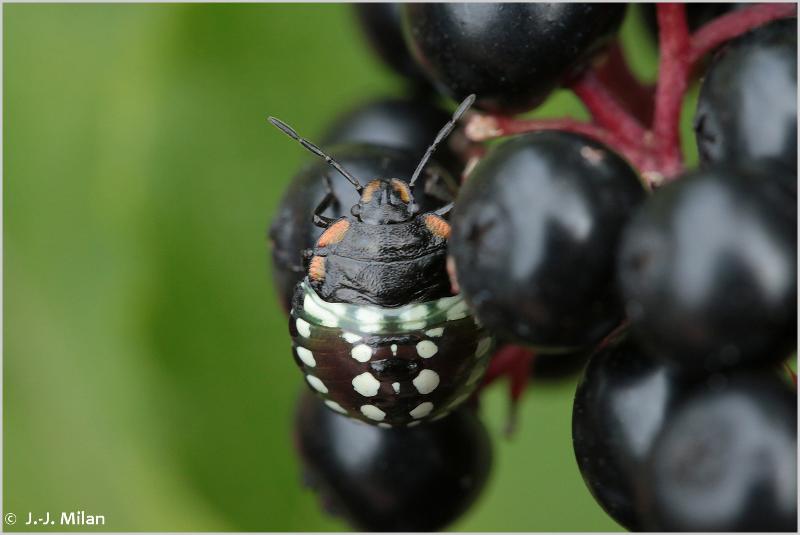
 |
To get the picture, please visit:
Jean-Jacques Milan
http://jjmphoto.fr/#Galeries.B
Société linnéenne de Bordeaux
email : jean.jacques.milan@wanadoo.fr
Despite the Creative Commons license, please inform the author of the use which will be made of his photo
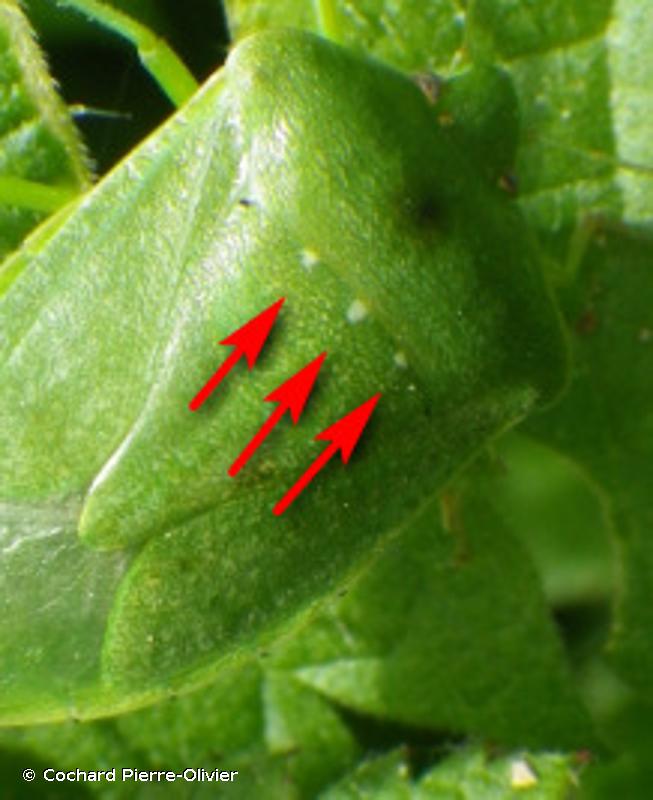
| Author : Cochard Pierre-Olivier |
 |
Despite the Creative Commons license, please inform the author of the use which will be made of his photo

 |
To get the picture, please visit:
Jean-Jacques Milan
http://jjmphoto.fr/#Galeries.B
Société linnéenne de Bordeaux
email : jean.jacques.milan@wanadoo.fr
Despite the Creative Commons license, please inform the author of the use which will be made of his photo
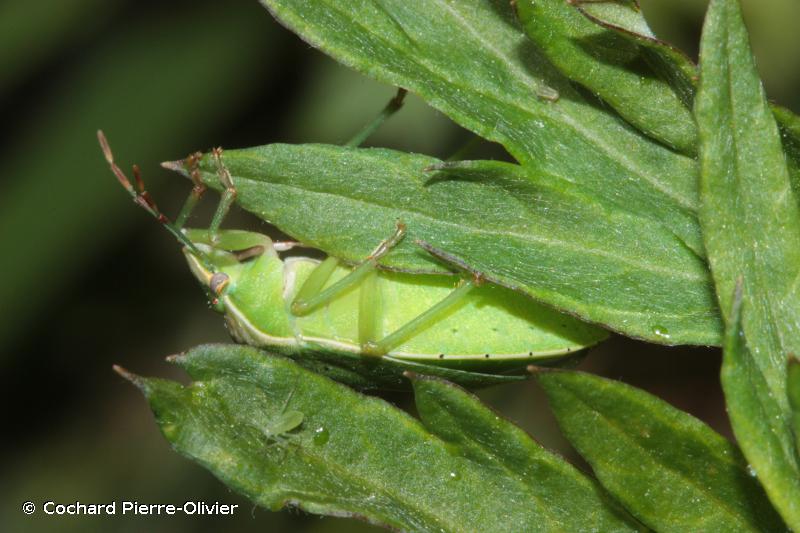
| Author : Cochard Pierre-Olivier |
 |
Despite the Creative Commons license, please inform the author of the use which will be made of his photo
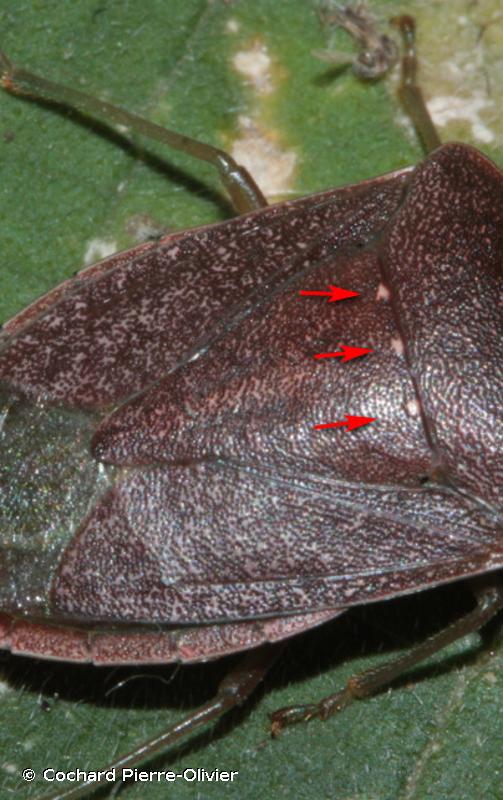
| Author : Cochard Pierre-Olivier |
 |
Despite the Creative Commons license, please inform the author of the use which will be made of his photo
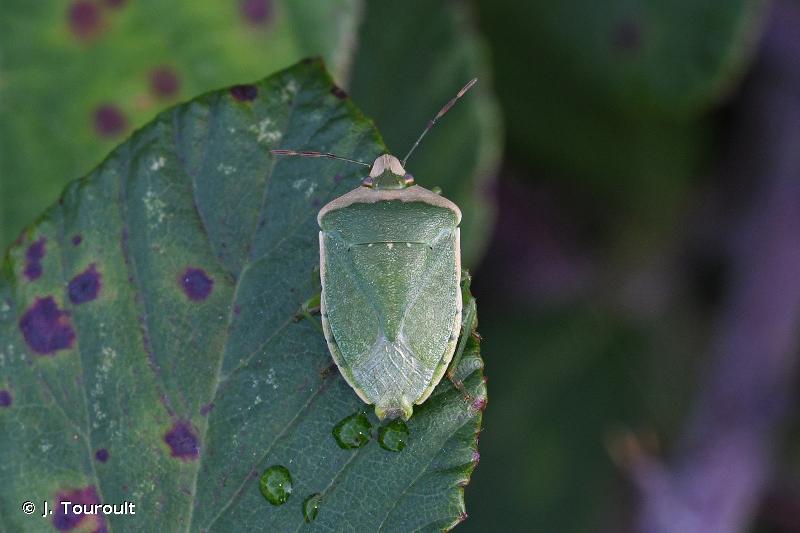
| Author : J. Touroult |
 |
To get the picture, please visit:
Julien Touroult
PatriNat (OFB - CNRS - MNHN)
CP41, 36 rue Geoffroy Saint-Hilaire, 75005 Paris
Legend: Gard.
Despite the Creative Commons license, please inform the author of the use which will be made of his photo
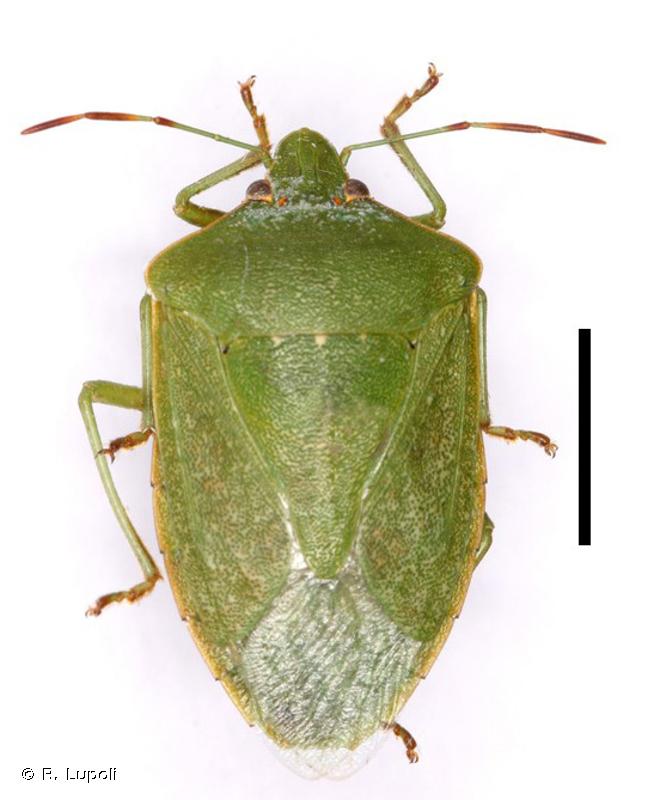
| Author : R. Lupoli |
 |
To get the picture, please visit:
Legend: Photo illustrant l'article : Lupoli, R. 2023. Les Pentatomoidea des Antilles françaises (Hemiptera, Heteroptera). Bulletin de la Société entomologique de France, 128(2): 109-140.
Despite the Creative Commons license, please inform the author of the use which will be made of his photo
Taille : 11,5 – 18 mm
Diagnose :Grande punaise entièrement verte. Partie membraneuse des ailes transparente. Elle a 3 petites taches blanches sur le bord antérieur du scutellum et 2 petits points noirs aux angles antéro-latéraux du scutellum. La variété torquata a les parties antérieures du pronotum, de la tête et de l'exocorie couleur ivoire, contrastant avec le reste du corps vert.
Détermination : Simple.
Espèces proches :Elle est facile à distinguer des autres punaises vertes car c'est la seule qui possède 3 petites taches blanches sur le bord antérieur du scutellum et 2 petits points noirs aux angles antéro-latéraux du scutellum.
Période d'observation : Mars à novembre avec un pic principal en septembre.
Biologie-éthologie :Espèce très polyphage se nourrissant sur plus de 145 genres de 32 familles de plantes différentes. Elle est connue pour les dégâts qu'elle cause aux plantes maraîchères : tomates, haricots, pois chiches, choux-fleurs, radis. Les adultes rentrent dans les habitations pour hiberner, ils deviennent brunâtres ou rougeâtres en automne pour passer l'hiver, et retrouvent leur couleur verte au printemps après hibernation.
Biogéographie et écologie :Seule espèce de Pentatomoidea à distribution cosmopolite, mais limitée aux régions les plus chaudes elle ne dépasse pas encore les 52° de latitude nord. Plutôt méridionale en Europe, elle continue à remonter au nord et à coloniser l'Europe centrale avec le réchauffement climatique. Elle s'est implantée en Grande-Bretagne depuis 2003. Dans les milieux ouverts, bien exposés, riches en plantes herbacées : prairies, cultures, friches, parcs, jardins, bord des chemins, garrigues, dunes, marais. C'est une espèce très commune. Elle est attirée par les lumières, surtout en été.
Roland Lupoli (),2019
Continental
Metropolitan France
Overseas
Marine
Metropolitan France
Overseas
The map presents a summary at the 10 x 10 km grid of the observation data for the species transmitted to the SINP. These data have been subjected to validation filters.
The map presents a reference distribution layer of the species at the scale of departments and marine sectors. The presence and absence data were established by expertise within a network of partners. This reference distribution is used in the validation process of the SINP data at the INPN level.
Corresponds to a report on the basis of at least one observation proved within a period of 10 years (20 years for little-known invertebrates) preceding the year and no presumption of extinction since obtaining the last data nor doubt on reproductive and implemented nature of this population. For migratory species, the presence indicated concerns areas of reproduction.
This status is based on one or more of the following criteria:
This point covers the absence, more difficult by nature to demonstrate than presence. This status is based on one or more of the following criteria:
This status must be assigned to a department in which the presence of the species is casual.
Particular case of absence due to a proven extinction less than a half century ago (older disappearances are treated as "no probable or definite").
In the state of knowledge, we can not comment on the presence or absence in the current department. This is the default status when not comprised in one of the previous categories or whenever there is doubt.
The map shows the global distribution of the species based on GBIF data (Global Biodiversity Information Facility).
